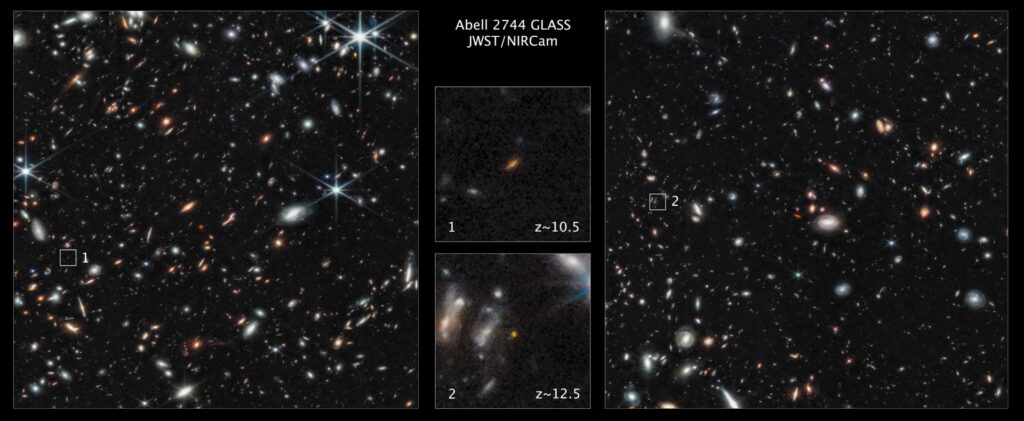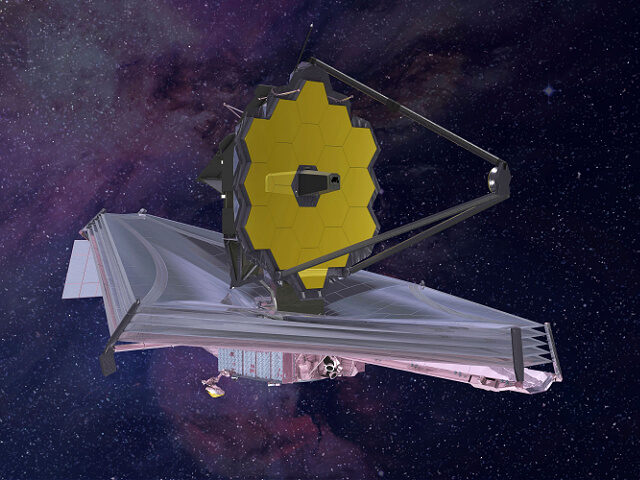NASA’s James Webb Space Telescope discovered an exoplanet that is almost the same size as Earth at a 99 percent diameter, the agency announced Tuesday.
It is the first time researchers have used the Webb telescope to discover an exoplanet, which is a type of planet that orbits outside our solar system. The exoplanet, formally named LHS 475 b, is believed to be approximately 41 light-years away from Earth.
A whole new world!
41 light-years away is the small, rocky planet LHS 475 b. At 99% of Earth’s diameter, it’s almost exactly the same size as our home world. This marks the first time researchers have used Webb to confirm an exoplanet. https://t.co/hX8UGXplq2 #AAS241 pic.twitter.com/SDhuZRfcko
— NASA Webb Telescope (@NASAWebb) January 11, 2023
According to NASA, Webb is the only operating telescope capable of characterizing the atmosphere of Earth-sized exoplanets, although researchers are still investigating whether the exoplanet does contain an atmosphere.
The telescope revealed that Planet LHS 475 b is a few hundred degrees warmer than Earth and is very close to its star. However, the planet is noted to orbit a red dwarf star that is less than half the temperature of the Sun, leading researchers to believe that it could potentially have an atmosphere.
Researchers also say the exoplanet completes its orbit in less than two days, while the surface is believed to be rocky.
The discovery of the exoplanet opens up the possibility of finding other earth-size planets orbiting red dwarf stars, according to NASA personnel.

This image made available by the Space Telescope Science Institute on Thursday, Nov. 17, 2022, shows two of the farthest galaxies seen to date captured by the James Webb Space Telescope in the outer regions of the giant galaxy cluster Abell 2744. (NASA, ESA, CSA, Tommaso Treu (UCLA), Zolt G. Levay (STScI) via AP)
“These first observational results from an Earth-size, rocky planet open the door to many future possibilities for studying rocky planet atmospheres with Webb,” stated Mark Clampin, Astrophysics Division director at NASA Headquarters in Washington. “Webb is bringing us closer and closer to a new understanding of Earth-like worlds outside our solar system, and the mission is only just getting started.”
The Webb telescope launched in December 2021 and started its mission in July 2022. It is the world’s premier space science observatory and the largest optical telescope, sitting almost 1.5 million kilometers away from earth. The telescope is a joint program led by NASA, the European Space Agency, and the Canadian Space Agency and is referred to as the successor to the Hubble telescope.
After it started its mission last year, the telescope produced spectacular colorful images of distant galaxies that NASA described as the “deepest and sharpest infrared image of the distant universe so far.”
You can follow Ethan Letkeman on Twitter at @EthanLetkeman.

COMMENTS
Please let us know if you're having issues with commenting.